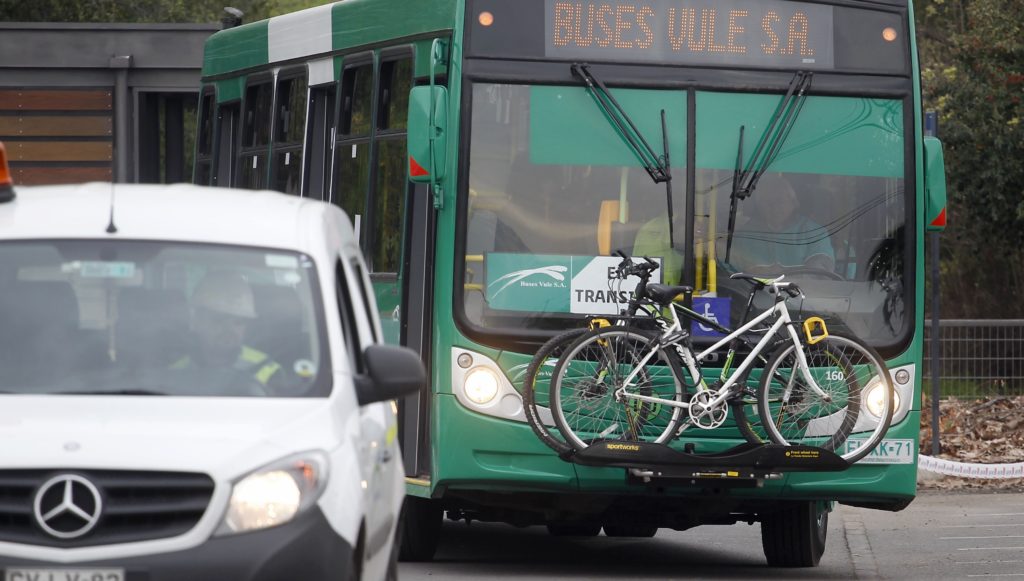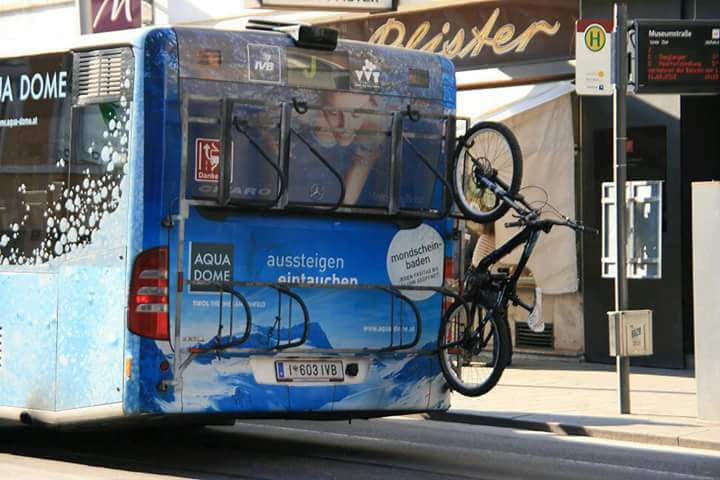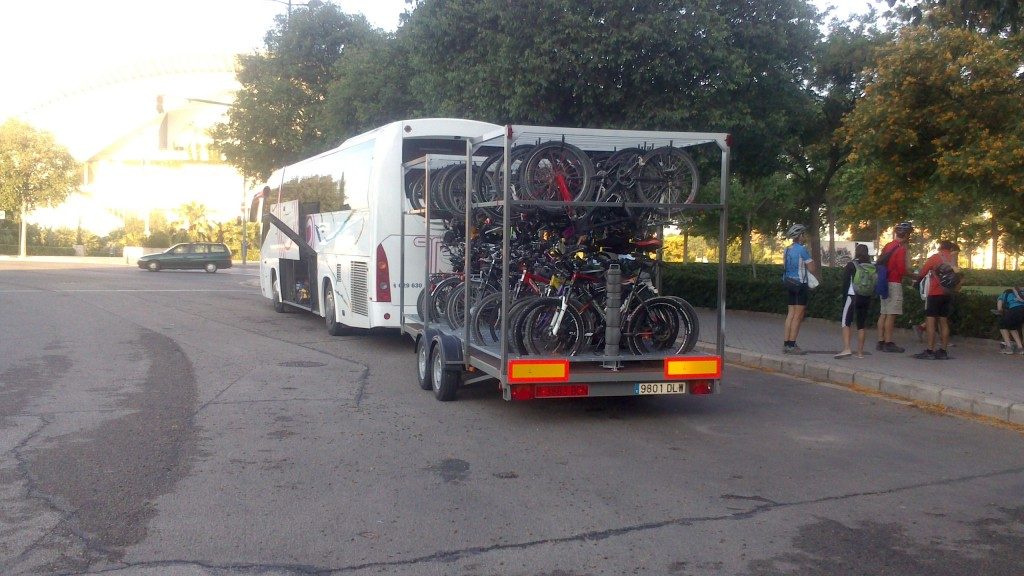Monthly Archives: October 2019
How to take your kids to school
Intermodality (1/2)
Intermodality means to share two or more ways of transport to go from point A to point B. Usually intermodality deals with shared transports like train, bus or metro. As it comes to bicycles, the more advanced countries facilitate intermodality by linking bikes and buses, or bikes and trains. The sum bikes and metro is complicated in peak hours such as the ones in which most people go to work or study. The limited space makes it difficult to share the limited surface specially in those more important metro-consuming countries like Japan.
Regarding the sum of bikes and buses, different alternatives are faced with in my opinion no clear winner. On the one hand, there are cities which allow getting in bikes into buses, but only those that are folding. The reason, again, is the lack of sufficient space due to seats and also passengers. This idea can get it off the hook in intensive-use foldable bikes places, although most of them (and probably all of them) do not accomplish this characteristic.
On the other hand, there are the systems which enable to incorporate bikes to the buses chassis. Here, ingenuity is put into play and an external structure is added to mount the bikes. It can be done at the front or behind of buses. On the photo bellow, you can see it at the front in real life.
The number of bikes is limited by their weight and the mechanical tolerance of the incorporated structure. A simple transporter carries one to four bikes which are mounted in a few seconds. As the bus driver continuously sees them, he controls them and the bus times are not substantially affected.
Moreover, when bicycles are put behind the bus, we have two options. The first one constitutes using a more complex alternative compared to what I have showed and can be observed in the next picture.
This assembly can carry more bikes, but it requires extra height and strength that not every people have. Hence, help is needed. The positive point that implies it is the capacity is increased, though the photo only shows four positions. However, the bus driver can not control the bikes unless she get off it or the rider warn her.
And finally there is the preferred option in long bus trips and dozens of bikes: To hitch a trailer. A trailer allows for moving lots of bikes while the space for bikers inside the bus is guaranteed. If using a two-story trailer like in the next photo, bikes must be secured by hooks in order not to go flying in the first corner. Additional actions are recommended to avoid thieves like using chains.
Amsterdam’s Removing 10,000 Parking Spaces
International Cargo Bike Festival 2019
FLOW
Quite commonly, car drivers and decision makers are afraid of street congestion when politicians announce walking and cycling improvements. In particular, figures show that more than 40% of decision makers think so and this perception increases when dealing with cochistas. Take into account that congestion refers to everybody, independently of the way of transport they use or even without vehicle (i.e. pedestrians).
Reckoning from a higher height, a bike presents a horizontal surface no where near as width as a car. If we consider that the mean number of persons a car moves is 1,3 and that at least 4 bicycles take up the space of a car, then one can see decision makers are wrong. Indeed, documents have been published to demonstrate it. For example, the Civitas Flow project launched the 15 quick facts for cities under the European H2020 program.
This document is divided into four sections with examples from Europe and the U.S.A.:
-
The effect of walking in congestion
-
The effect of cycling on congestion
-
The effect of vehicle access restriction on congestion
-
The potential of walking and cycling to reduce congestion
The specific actions to reduce congestion range from narrowing roads to reduce crossing distance for pedestrians, pedestrians improvements to reduce bus travel time, cycling improvements to reduce car traffic and faster public transport (and commercial revenues), cycle highways reduce time spent in congestion and motor vehicle journeys, bike share programs eases congestion, new bike lanes shorten automobile travel times (thanks to smart traffic engineering) to neighborhood access restrictions lead to less motor vehicle journeys a day, short daily journeys could be walked in less than 10 minutes (or rode in even less time), millions of daily journeys made by motorized modes could be cycled in less than 20 minutes, and school street programs could avoid thousands of cars off the road during peak periods. All the facts presented in the document are real despite the utterly opinion of some people. By the way, pedestrian and bike safety is improved with the implementation of these ideas.


